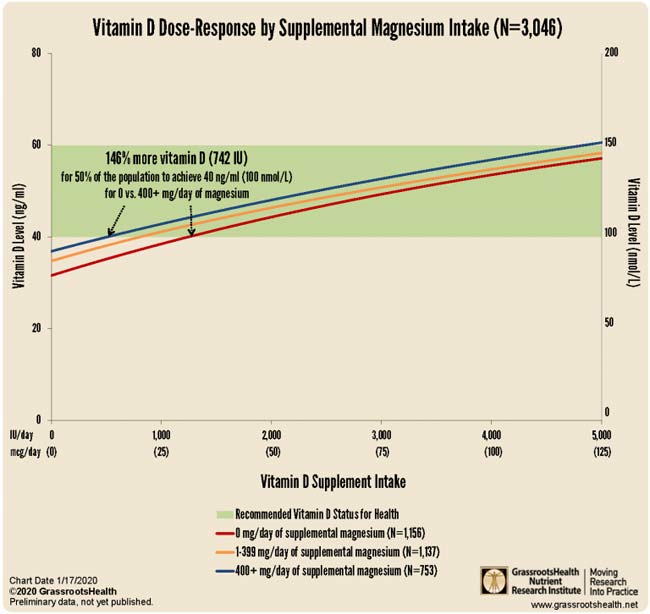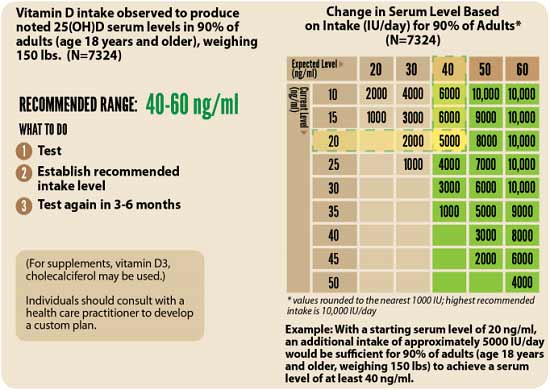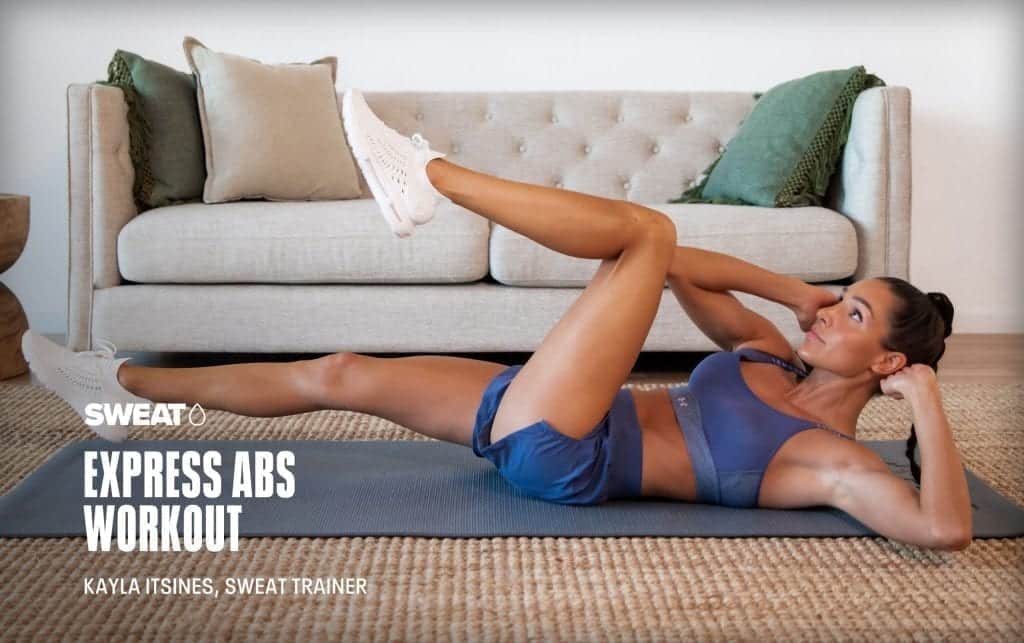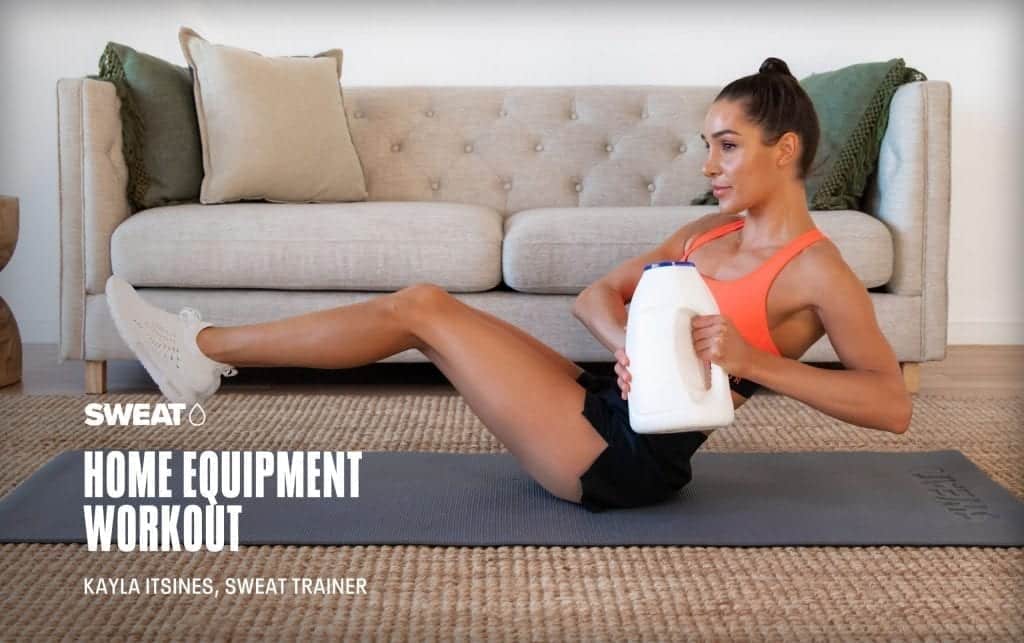In an effort to combat “misinformation,” the United Nations has enlisted 10,000 “digital volunteers” to rid the Internet of so-called “false” information that’s supposedly worsening the COVID-19 pandemic.
As news outlet Devex reported, Melissa Fleming, the U.N.’s under-secretary-general of global communications, said, “Good information is how we’re going to overcome the virus,” adding:1
“It is easier to spread misinformation because no direct contact with other people is necessary. You can multiply it by the thousands depending on how many followers you have, and in an environment of generalized fear, it is spreading like wildfire.”
While it sounds altruistic to volunteer your time to combat the spread of misinformation, what the campaign, dubbed the Verified initiative, amounts to is an army of trolls engaging in censorship in an attempt to shut down opposition or opinions that run counter to the status quo.
Trolls Enlisted to Combat ‘Communication Crisis’
Upset by the fact that individuals are using social media and their immediate social circles to share information they deem relevant about COVID-19, the U.N. is asking the public to sign up to become “information volunteers” who commit to sharing “U.N.-verified, science-based content to keep their families and communities safe and connected.”2
If you sign up, you’ll get a daily briefing full of information the U.N. wants you to share, centering on three themes:3
1. Science — to save lives
2. Solidarity — to promote local and global cooperation
3. Solutions — to advocate support for impacted populations
The information will come in easy-to-share formats optimized for social media in order to directly counter misinformation or fill an information void. Their primary audience is a vague “those who are being targeted with misinformation,” Fleming said,4 calling COVID-19 not just the century’s largest public health emergency, “but also a communication crisis.” She warns:5
“Purveyors of misinformation are creating storylines and slick content that are filling information voids where science has no answers. They offer promises of cures that have no evidence of benefit or may even be harmful.
They are savvy about using narratives that link to people’s fears and appeal to people’s need for answers or a culprit. While misinformation has always had a dynamic in this crisis, there are signs that its role is dangerously increasing. You have seen the flood of new conspiracy theories in recent weeks.”
The major red flag to the U.N.’s campaign is a lack of detail about what constitutes a “conspiracy theory” or “cure with no evidence to back it up.” Some of the information Verified is aiming to share simply states, “If you come across a post online that makes you really angry or frightened, it’s a sign you might be looking at misinformation.”6
Other suggested shares — found on the Verified U.N. site in posterboards with social media widgets on them, state, “Misinformation spreads faster when we’re upset,” and shares information that downplays the importance of vaccine choice and open conversation regarding their safety, especially as a COVID-19 vaccine is being fast-tracked to the market:
“Vaccines are safe and they help prevent millions of deaths every year. Yet, a growing number of networks seek to undermine trust in vaccinations.”7
UN Calls for Global Fight Against ‘Infodemic’
In a statement released by the Republic of Latvia’s Ministry of Foreign Affairs, countries are called on to step up and support the U.N.’s mission to counter the “infodemic” that they claim is “as dangerous to human health and security as the pandemic itself:”8
“Among other negative consequences, COVID-19 has created conditions that enable the spread of disinformation, fake news and doctored videos to foment violence and divide communities. It is critical states counter misinformation as a toxic driver of secondary impacts of the pandemic that can heighten the risk of conflict, violence, human rights violations and mass atrocities.”
Ironically, in outlining the “crucial need for access to free, reliable, trustworthy, factual, multilingual, targeted, accurate, clear and science-based information,” they call on countries to take steps to stop the spread of information they deem to be false and to spread information from “trustworthy sources,” which is the U.N.’s Verified campaign.
One-hundred thirty-two member states, non-member observer states and observers have so far endorsed their statement, which reads in part:
“[The COVID-19 crisis] has confirmed the key role of free, independent, responsible and pluralistic media to enhance transparency, accountability and trust, which is essential to achieving adequate support for and compliance by the general public with collective efforts to curb the spread of the virus.
… States, regional organizations, the UN system and other stakeholders such as media workers, social media platforms and NGOs have a clear role and responsibility in helping people to deal with the “infodemic”. In this regard, we strongly support the United Nations Communications Response initiative and the “Verified” campaign announced by the UN Secretary General on April 14, 2020.”
Is the UN’s New World Order Advancing?
Many aren’t aware that on March 19, 2020, the United Nations New World Order (UNNWO) launched its annual campaign to celebrate an international happiness day, which its website says it has celebrated every year since 2012.9 If you haven’t heard of UNNWO, its website starts out with, “Let’s take our planet back,” On March 19, it then read:10
“Lets stand united. Lets stand together. The New World Order Project is an independent international campaign to advance the principles, values, and articles of the UN Charter, and UN resolutions 65 309, and 66 281, in support of the UN’s Global Goals for Sustainable Development by 2030, and the happiness, well-being, and freedom of all life on Earth by 2050.”
That note was taken down, though, sometime afterward, with no records of it in Wayback internet archives showing up until May 3, 2020,11 and by that time the page had been changed to buttons on the movement’s initatives and goals. Today the website has no clickable buttons and reads only “Let’s take our planet back.”12
Its initiatives, still listed in the Wayback archives, include “happytalism,” which “places happiness, well-being, and freedom at the center of human development models, systems, and all life.” It also supports the mobilization of more than $30 trillion toward achieving the 17 UN Global Goals by 2030, which include things like no poverty, zero hunger, gender equality and clean water and sanitation.
It sounds like utopia, but some believe the push for a one-world government isn’t about pushing forward world peace and happiness but, rather, about taking rights away from the public and putting the power into the hands of a select few.13
Censorship of media and social media is already filtering information and telling people what they should and shouldn’t fear, and increased surveillance is being pushed courtesy of coronavirus.
The U.N.’s Verified initiative fits in nicely with this plan and is being orchestrated in collaboration with Purpose, a social mobilization organization. According to Fleming, even social media platform’s highly suspect acts of taking down “dubious information” or directing users to government health websites isn’t enough to protect the public.
“But this is not enough,” she says, “particularly because the most pernicious misinformation and conspiracy content spreads via messaging apps, peer-to-peer.”14
The World Health Organization also has an Immunization Agenda 2030, in which they’re aiming to vaccinate everyone across the globe: “IA 2030 envisions a world where everyone, everywhere, at every age, fully benefits from vaccines to improve health and well-being.”15
The Bill & Melinda Gates Foundation is the biggest funder of WHO, and Bill Gates intends to vaccinate the global population against COVID-19, and then track and monitor each one through digital surveillance.
Some of the U.N.’s Verified content likewise states, “As experts work around the clock to develop a vaccine for COVID-19 we must all play our part to ensure it is ‘a people’s vaccine’ — available to all.” And they quote vaccine advocate Ethan Lindenberger, who says, “If I get immunized, I’m contributing to the personal health and safety of everyone around me.”16
There’s no reason in the world to believe this gigantic global disease surveillance system would be dismantled once the pandemic is declared over. Naturally, it will simply transition into other surveillance functions.
More Internet Censoring Tools
The U.N.’s verified campaign is reminiscent of another self-appointed internet watchdog, NewsGuard, which claims to rate information as “reliable” or “fake” news, supplying you with a color-coded rating system next to Google and Bing searches, as well as on articles displayed on social media.
If you rely on NewsGuard’s ratings, you may decide to entirely skip by those with a low “red” rating in favor of the “more trustworthy” green-rated articles — and therein lies the problem. NewsGuard is in itself fraught with conflict of interest, as it’s largely funded by Publicis, a global communications giant that’s partnered with Big Pharma, such that it may be viewed more as a censorship tool than an internet watchdog.
For example, NewsGuard announced that my site has been classified as fake news because we have reported the SARS-CoV-2 virus as potentially having been leaked from the biosafety level 4 (BSL4) laboratory in Wuhan City, China, the epicenter of the COVID-19 outbreak.
According to NewsGuard, “There is no evidence that the Wuhan Institute of Virology was the source of the outbreak, and genomic evidence has found that the virus is 96% identical at the whole-genome level to a bat coronavirus.”17 But NewsGuard’s position is in direct conflict with published scientific evidence suggesting this virus was created in a lab and not zoonotically transmitted.
Thus, by giving a falsely low rating and “censoring” my site, they’re doing a disservice to people looking for trustworthy information and in and of themselves are spreading misinformation. By enlisting an army of trolls to spread their own rhetoric, the concern is that the U.N.’s Verified campaign will do more of the same.
Share the Information You Believe In
Ultimately, most adults are fully capable of choosing what information they deem credible to share with their social networks, family and friends, without the need for an overreaching Big Brother telling them what’s credible and what’s not.
What is important is always looking at the source of the information and the motives behind it, something even the U.N.’s Verified touts. Toward this end, the U.N. is closely partnered with the World Health Organization.
Only 25% of WHO’s funding comes from member states. The remaining 75% comes from voluntary contributions. The Bill & Melinda Gates Foundation — the investments of which include junk food manufacturers, alcohol and drug retailers — is the biggest funder.18

from Articles https://ift.tt/3jivvTM
via
IFTTT




